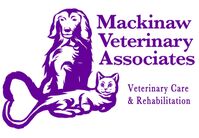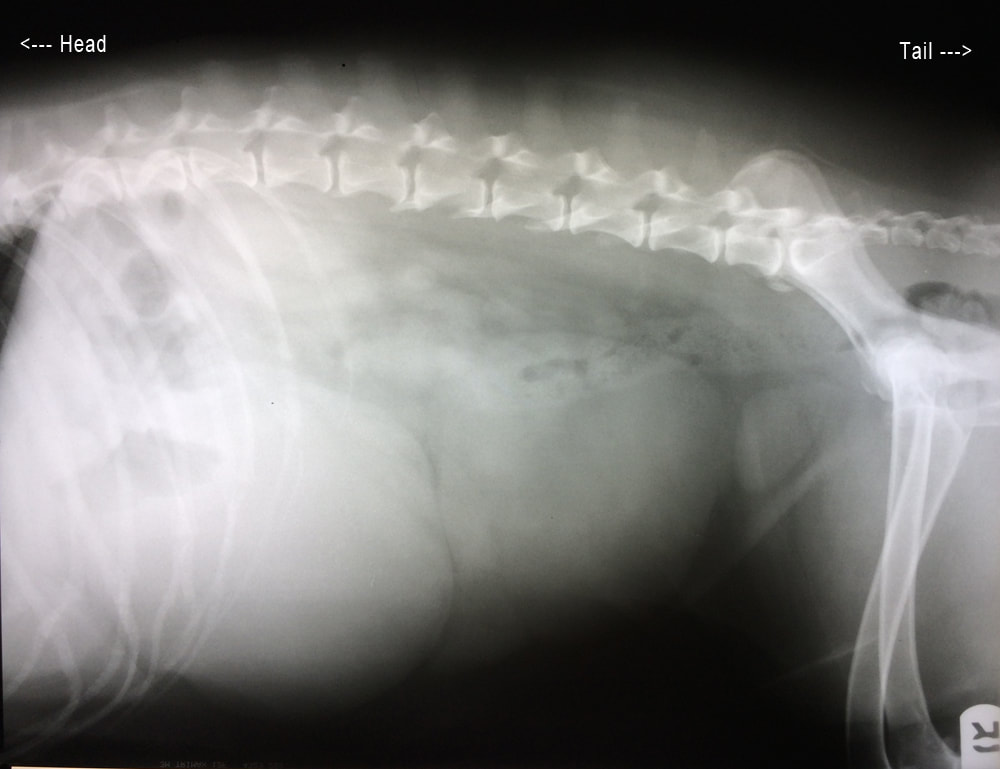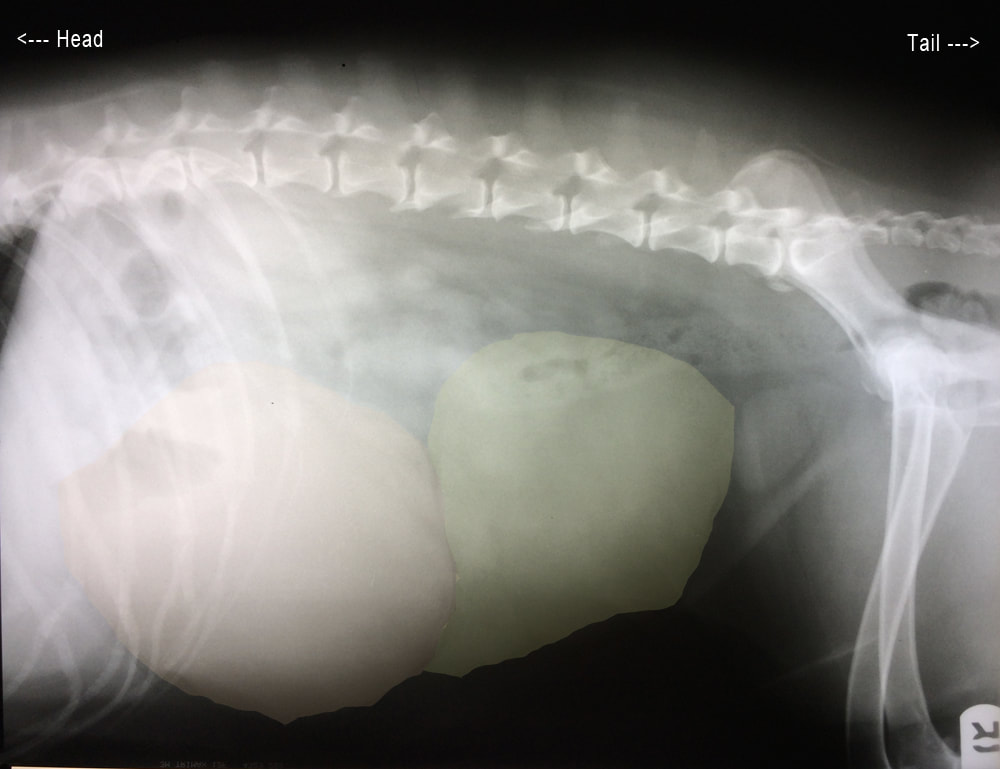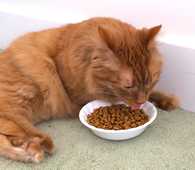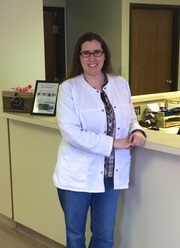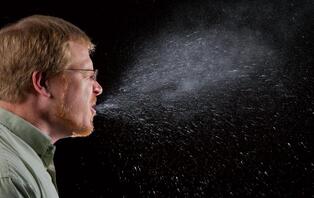 I wanted to put out a new blog to discuss the current Coronavirus pandemic. More specifically, how this may impact you as pet owner and veterinary client. First, the World Health Organization has determined that the current Coronavirus, COVID-19 is not infectious to dogs and cats. While viruses can change and mutate, there is no evidence of risk for infection at this time. However, pets can help spread the virus if they are contaminated with infectious particles. Just like a doorknob, pen or any other object, if your pet comes into contact with infectious particles, it can pass those along to others that touch them. If you are having respiratory symptoms (coughing, sneezing, runny nose) try to avoid direct contact with your pets or ensure that they are being bathed frequently. WHO states that COVID-19 may survive on surfaces for hours to several days. The State of Michigan, like many others, have declared a state of emergency and closed schools and cancelled public gatherings. The idea behind this is to limit close human interaction and to slow or stall the spread of the illness. While this is not intended to be a “lock yourself in your home and live off of canned soup” measure, it is meant to limit close contact where people could be swapping infectious droplets. If you have never seen a high speed photography image of a sneeze, here is one provided by the Centers for Disease Control at the following link: https://phil.cdc.gov/details.aspx?pid=11161 Social distancing is an easy and socially responsible thing we can all do to help slow the spread of this illness. By having fewer cases, we can reserve more medical services for those that do become infected and will be adversely affected due to age or concurrent health conditions. Cancelling schools, concerts and sporting events is more large scale. We can help on the smaller scale by limiting shopping trips to a single store, standing farther apart when in lines and in public, wiping down shopping cart handles and washing hands frequently. Last, not going out if we have respiratory symptoms. Many will get a mild form of the illness and may not even know they are sick. However, the person they give it to may have other health issues and become seriously ill. In order to reduce the risk of transmission and infection in our veterinary clinic, we are introducing new appointment policies based on the idea of social distancing. First and foremost, we will try to prevent having many people in the lobby all at one time. We ask that our clients bringing in pets for rehab, hydrotherapy and laser pull around to the back door and call to let us know you are here for your appointment. We will bring you into the rehab room through the back door as soon as we are ready for your pet. We ask that our general medicine and surgery appointment park out front as usual but please call from the car to let us know you have arrived. As soon as we have a room open for you, we will come out to get you and your pet. We ask that only one person accompany each pet for their appointment to decrease the number of people in the exam rooms. We ask that if you are sick, please call to reschedule any routine care appointments for your pet. If you are ill and your pet is ill or hurt and needs to be seen, please inform us of this, we can obtain history over the phone and take your pet in to be examined while you wait in your car. While this may sound overprotective, remember that you are coming in for one appointment and will interact with 2-3 people while at our clinic. We, however will be seeing appointments all day and interacting with anywhere from 15 to 30 people on an average day. We want to remain open and provide the best possible care for your pets during this time, but we have families also and want to limit our contact to prevent spreading anything to them. Thank you very much for your understanding and please let us know if we can answer any additional questions. There are links below to provide more information. The CDC and WHO pages are being updated daily. We will continue to monitor those pages and the AVMA and if any changes arise that will affect the health of your pet, we will post to our FaceBook page at: https://www.facebook.com/mackinawvet/?ref=bookmarks American Veterinary Medical Association – FAQs for Pet Owners https://www.avma.org/sites/default/files/2020-03/covid-19-faq-pet-owners.pdf Centers for Disease Control https://www.cdc.gov/coronavirus/2019-nCoV/index.html World Health Organization https://www.who.int/emergencies/diseases/novel-coronavirus-2019
0 Comments
This Halloween, take a minute to make sure your pets are prepared for this weird and scary holiday. We get very excited about the costumes, decorations and trick-or-treating, but let’s take a minute to picture this from a pets perspective.
|
Mackinaw Veterinary Associates - 4915 Mackinaw Rd. Saginaw, MI 48603 - 989-793-8728
Locally owned and independently operated.
Locally owned and independently operated.
